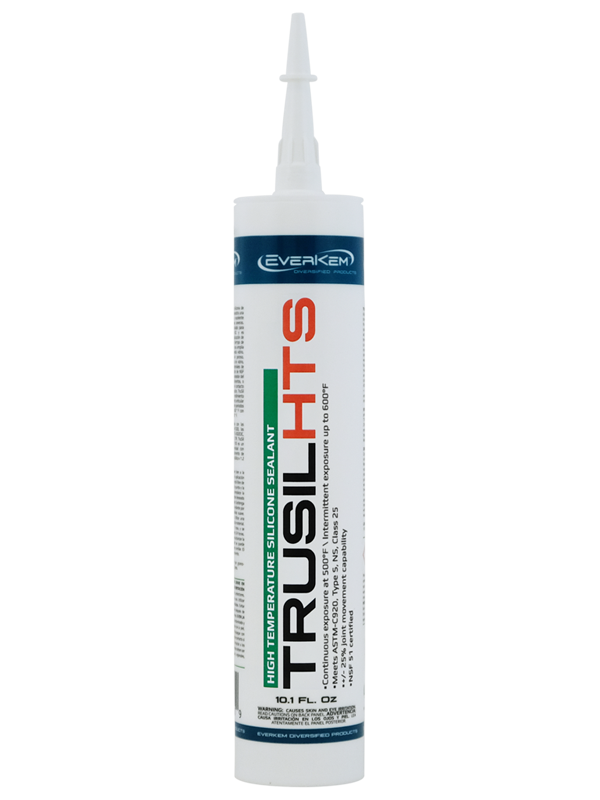
Silicone Sealant
Silicone Sealants are versatile adhesives that can be used for a wide variety of tasks. They create strong bonds and are resistant to moisture, chemicals, extreme temperatures, and weathering.
They are gel-like substances in liquid form that have a different chemical composition than other organic polymer-based adhesives. This makes them easier to use.
Adhesion
As a general rule, silicone adhesives and sealants bond well to most surfaces. However, different surfaces have different surface energy and this influences how readily the glue or sealant adheres to them. There are chemicals that can be added to a silicone glue or sealant to increase its adhesion properties but this must be done within strict application guidelines.
Most silicon adhesives and sealants rely on mechanical adhesion where the chemical bond is created by filling tiny voids in a second material such as metal and the friction of the edges of these small voids creates a connection between them. This is a highly effective way to bond materials together and it means that the sealant or adhesive doesn’t need any additional fasteners to keep them in place.
This is particularly useful when working on metal building applications where the use of additional fasteners can be quite costly. In these cases, precured silicone rubber adhesives can be used instead to quickly and effectively connect the new material to the existing metal structure.
If the surface to be bonded is extremely hot or cold then it may be necessary to select a high or low temperature silicone sealant. These products are formulated to withstand very hot temperatures and they can also resist aging, vibration and shock. This makes them ideal for binding objects that will be subjected to these kinds of stresses such as valve covers and thermostat housings in cars.
Flexibility
Silicone sealants are highly flexible, making them an ideal adhesive for areas that move or bend. They also retain their flexibility even in extreme temperatures, which makes them an excellent choice for joints and seams in construction projects that are exposed to the elements.
These properties make silicone sealants great for use in kitchens and bathrooms, as well as on Silicone Sealant the outside of homes. They can help keep water and air from leaking in these areas, as well as helping to prevent cracks and mold.
In addition to their flexibility, silicone sealants are easy to work with. They can be applied using a variety of tools, including caulking guns and syringes. They also come in a wide range of colors, so you can find one that matches your project’s existing materials and decor.
It’s important to note that not all silicone sealants are created equal. You’ll want to choose a high-quality, professional-grade product that is designed to withstand the weathering and extreme temperature conditions that they will be subjected to. In addition, you’ll want to avoid cheap, low-grade silicone sealants that may not be able to hold up to the demands of the job at hand.
For best results, apply silicone sealant to a clean, dry surface. It’s also a good idea to smooth down any rough surfaces, as this will ensure a nice, neat appearance.
Durability
Whether you’re sealing cracks in your home or working on an industrial project, you want the glue you choose to work as long as possible. Silicone sealants are highly durable, lasting 4 times longer than rubber sealants on average. They can withstand high temperatures, are water resistant, and prevent moisture from seeping into gaps during harsh weather conditions.
These sealants are easy to use and can be used for a wide variety of applications. They’re most commonly used for home repair and maintenance, construction projects, glass and plastic bonding in craft or pet projects (such as terrarium and aquarium seals), and industrial projects and manufacturing.
You can find a variety of silicone adhesives and sealants at any hardware store. They are typically sold in cartridges or tubes with a nozzle for precise bead application. Depending on the size of the project, you can also purchase more advanced tools such as a caulking gun for easier application.
When using silicone adhesives and sealants, it’s important to read the instructions carefully. There may be specific preparations you need to complete before applying the sealant, or there might be a set amount of time Silicone Sealant that must pass before it’s ready to use. It’s also a good idea to apply the adhesive in a well-ventilated area, especially if it has an odor.
Weather Resistance
Silicone is an excellent choice for materials that are regularly exposed to the elements. Its ability to resist weathering, moisture, the sun’s UV rays and extreme temperatures makes it the perfect adhesive caulk for materials like metal, glass, tile, wood, ceramic and plastic.
It’s also resistant to a wide range of chemicals and substances, which is a major benefit when working with abrasive materials or harsh substances in construction projects. This makes silicone a great option for use in kitchens, bathrooms and other areas where there will be frequent contact with food or other liquids.
The ability to resist high and low temperature fluctuations is a huge factor in why many professional builders choose silicone sealants over other adhesives and mastics. For example, aerospace grades of silicone sealant are designed to withstand a range of temperatures while maintaining their flexibility and stability. This is due to the different chemical makeup of these silicones compared to other organic polymer-based adhesives.
The best way to get the most out of your silicone sealant is to ensure that it’s applied correctly. This means making sure that the surface is clean, free of dust or debris and smooth before applying. It’s also worth familiarising yourself with basic application techniques such as neatly creating joins or beads with your silicone sealant. This can make all the difference when it comes to how long your silicone sealant will last and how well it will perform.

Leave a Reply